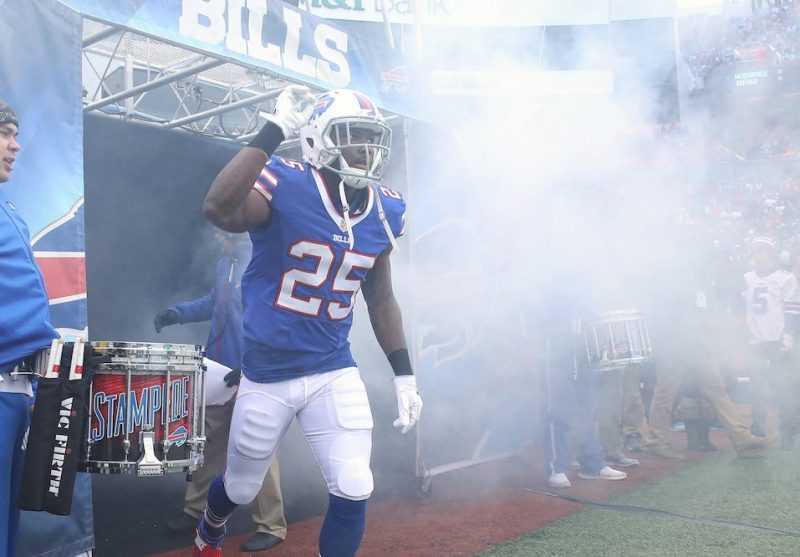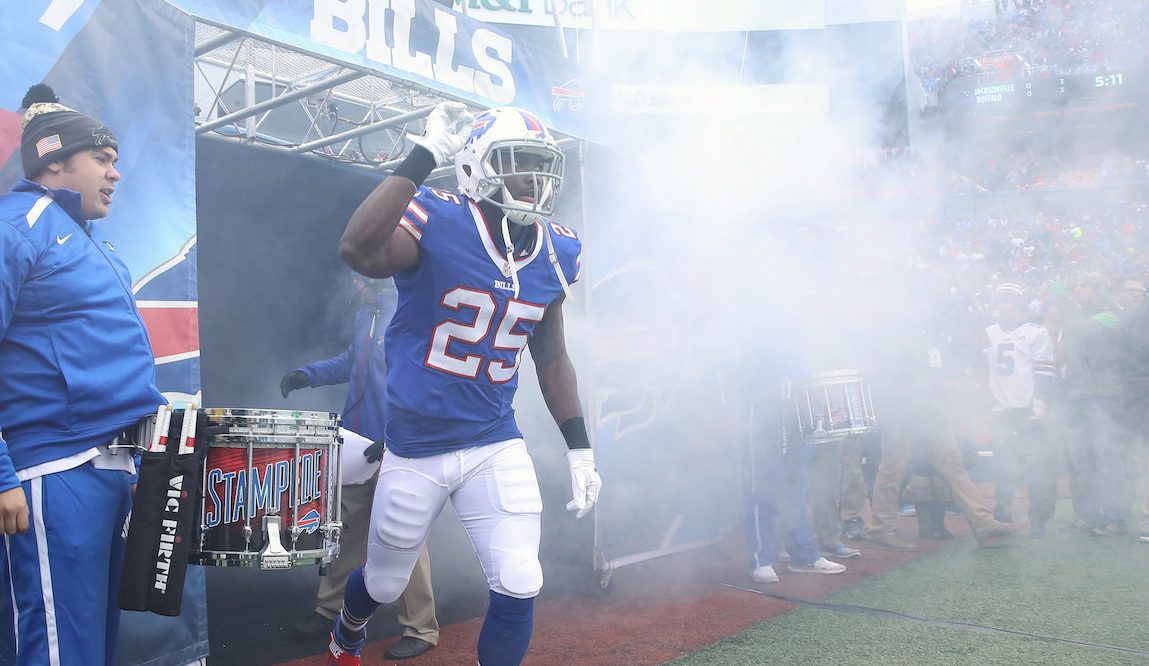
Even a casual football fan realizes it takes a tremendous amount of knowledge to be a quarterback. You have to understand exactly where your 10 teammates are during each play, as well as what those 11 defenders are doing. There’s less appreciation for running backs, particularly from the strategy side. After all, aren’t those guys basically battering rams, who play as long as their bodies hold up and then get replaced by someone younger and cheaper?
Buffalo Bill LeSean McCoy opened up on the position’s mental demands with Jenny Vrentas of Monday Morning Quarterback. Vrentas acknowledges that it is no longer a premiere position: “Backs are so devalued that only three were taken in the first round over the past four NFL drafts.” (In the previous four, 10 had been selected.) That said, she also highlights the demands it places on players physically and mentally.
Vrentas finds McCoy showing up at 8 a.m. to do virtual reality sessions to help ensure he can make the reads every play he’s on the field. She notes there’s a great deal to process:
“The Bills’ [recent] game plan against the Ravens contained nearly 50 running plays. Each came with an alignment (where the back lines up), designated footwork (there are at least a dozen varieties) and an aim point (what to run toward). As the back approaches the line of scrimmage, he makes his primary read off one defender. The best backs can almost simultaneously read a second defender—just like top quarterbacks can read two safeties at once—and sense where daylight exists amid the chaos of violent collisions.”
At 28, McCoy admits he is only beginning to rely on his mind more than raw physical talent. (He has had extra incentive to gain every possible yard in recent years, having weathered a bitter departure from Philadelphia and its then coach Chip Kelly after the 2014 season.) The article finds a player trying to work with his coaches to make a game that moves faster and faster slow down in his mind. It’s a reminder of the challenges and general importance of the position, no matter what round they get drafted. As McCoy puts it: “It’s a QB‑dominated league, but nothing gets done without the RBs.”
To read the full piece, click here. Watch McCoy go crazy on the opposition below.
This article was featured in the InsideHook newsletter. Sign up now.


















